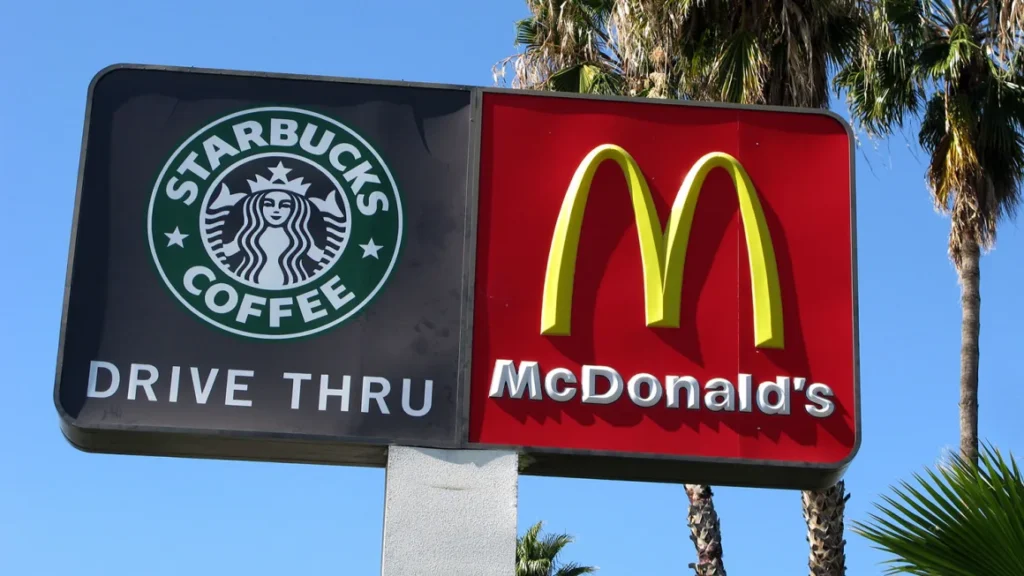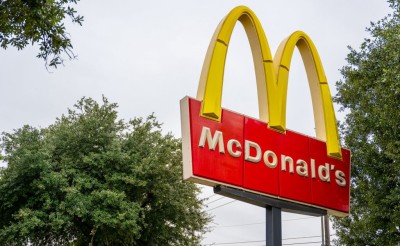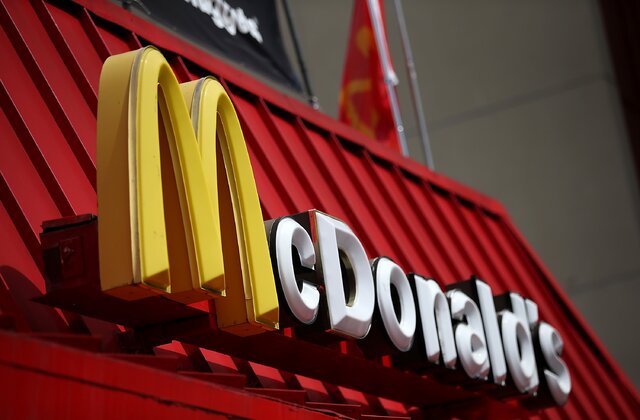
Flagging sales are Americans’ way of telling restaurant chains: You need to innovate if you want my business.
A version of this story ran in CNN Business’ Nightcap newsletter. To receive it in your email, sign up for free here.New York (CNN)
On the surface, it looks like Americans are laying off the Big Macs, booze and even — gasp! — Starbucks.
Earnings season for major food and beverage companies began just this week, but already we’re seeing how American spending habits are evolving in this era of strong employment, steady wages and cooling inflation.
The bottom line: Americans are still willing to spend. It is what we do, after all. If there was an Olympics for buying items while facing political turmoil, wars, and pandemics, the United States would win gold, silver, and bronze every time.
See here: Starbucks announced disappointing sales for the second consecutive quarter on Tuesday. On Monday, McDonald’s announced a 0.7% decrease in US sales compared to the same period in 2023. Diageo, the manufacturer of Johnny Walker and other iconic liquor brands, had its first sales loss since the epidemic, driven by a retreat in North America.
It’s not as if Americans have suddenly given up fast food or joined a cult of teetotalers. But after several years of rising prices, we’re seeking out deals where we can find them and splurging on the stuff we really want.
“Consumers are willing to spend, it’s just that they’re not willing to spend on the same old thing,” said RJ Hottovy, Placer.ai’s head of analytical research. Additionally, they’re “definitely being more selective with their food purchases.”
According to Jonathan Maze, editor-in-chief of Restaurant Business Magazine, chain restaurants are particularly affected by this trend (X).
Sales at Chipotle locations open at least a year? Up 11% from a year ago.
Texas Roadhouse? Up 9.3%.
McDonald’s? Down 0.7%.
Starbucks? Down 2%.


People are essentially saying “look, if I’m already going to be overpaying for food, I may as well sit down and get some service out of it.”
This isn’t entirely new. For years, the pricing gap between restaurant chains — from your traditionally cheaper “quick service restaurants” (like McDonald’s) to “fast casual” (Chipotle, Sweetgreen) and “casual dining” (Applebee’s) — has been narrowing.
The once reliably cheap McDonald’s pushed its prices up, while sit-down restaurants leaned into value and convenience.
Applebee’s, for example, made a direct appeal to the legions of dissatisfied McDonald’s customers who believed the chain had misused its price dominance. In a March interview with CNN, the CEO of Applebee’s parent company Dine Brands stated, “You can get our burger for $9.99 … why would you take a $10 burger … that you can eat in a bag out of your car?”
Chili’s made its sales pitch even more explicit, announcing the addition of a burger with “twice the beef of a Big Mac” to its “3 for me” value menu.
McDonald’s is now attempting to reclaim its lower-income consumers while also appealing to more wealthy customers seeking something different. To do this, the company will expand its $5 value meal campaign and introduce a premium “Big Arch” burger.
In addition to food, post-pandemic customers tend to prioritize little pleasures and memorable experiences. Are we ordering takeout every night for dinner? No. Are we preparing coffee at home or getting a cheaper version from the neighborhood bodega? Absolutely. But will we also pay a few thousand dollars to see Taylor Swift in Paris?Yes indeed.
Don’t gamble against the American customer. Spending money is what we do. It is who we are. The US economy’s 2.8% annual growth rate in the second quarter exceeded expectations.
USA! USA! USA!

